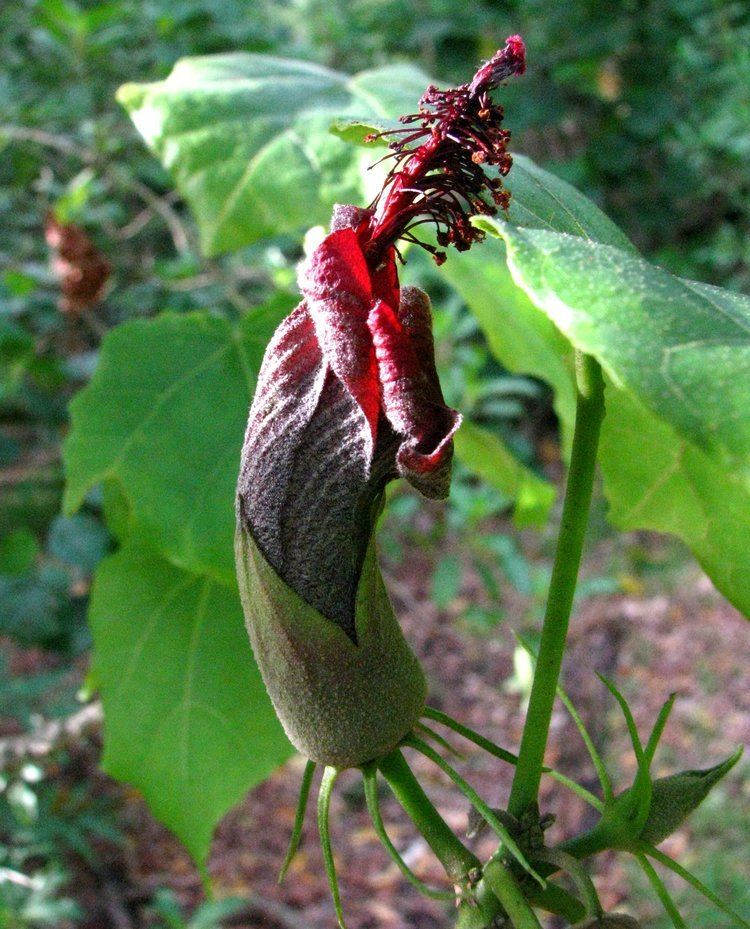Scientific name Hibiscadelphus Rank Genus | Higher classification Mallows | |
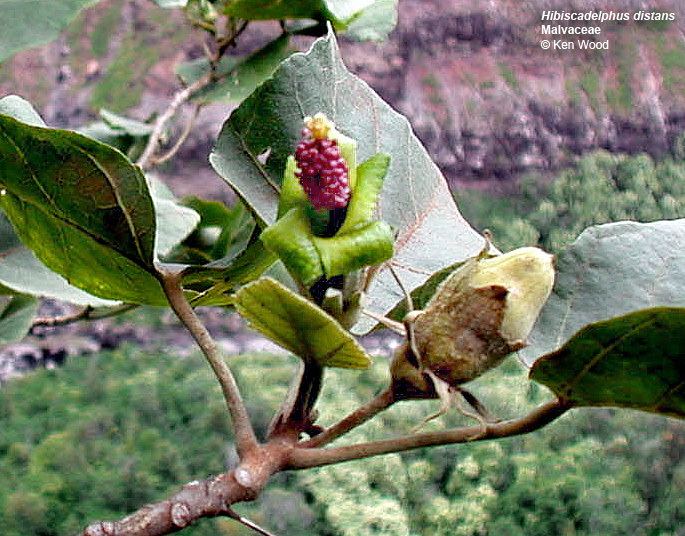 | ||
Lower classifications Hibiscadelphus distans, Hibiscadelphus giffardianus, Hibiscadelphus woodii, Hibiscadelphus hualalaiensis, Hibiscadelphus bombycinus | ||
Hibiscadelphus is a genus of Malvaceae from the subfamily Malvoideae endemic to Hawaiʻi. It is known by the Native Hawaiians as hau kuahiwi which means "mountain Hibiscus". The Latin name means "brother of Hibiscus". It is distinctive for its peculiar flowers, which do not fully open.
Contents
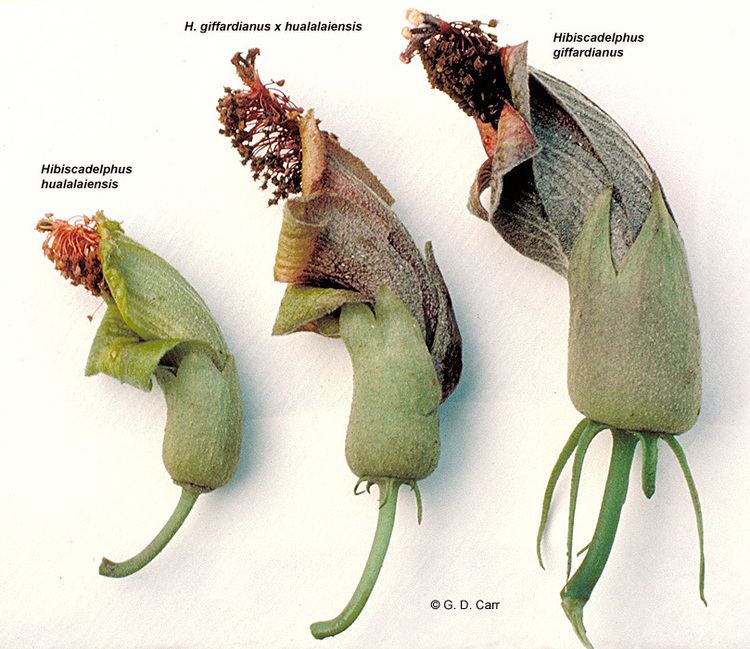
Description
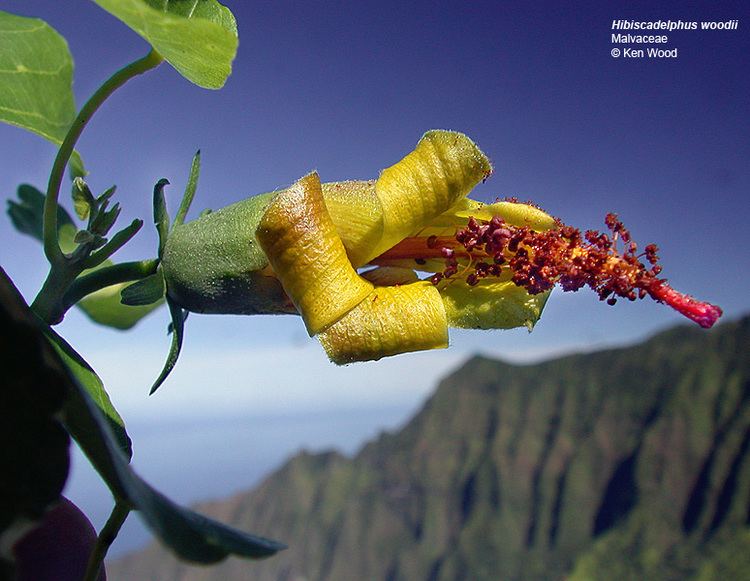
Hibiscadelphus was first described by Austrian-American botanist Joseph Rock in 1911 on the basis of the species H. giffardianus. The genus consists of seven species, one of which, H. woodii, was only described in 1995. They are large shrubs or trees, up to 7 metres (23 ft) tall, with nearly circular leaves. It is characterized by flowers that never open to the flat form of Hibiscus, but remain folded together in a tubular form. This is presumed to be an adaptation to pollination by honeycreepers. The fruits are rough capsules containing up to 15 hairy seeds.
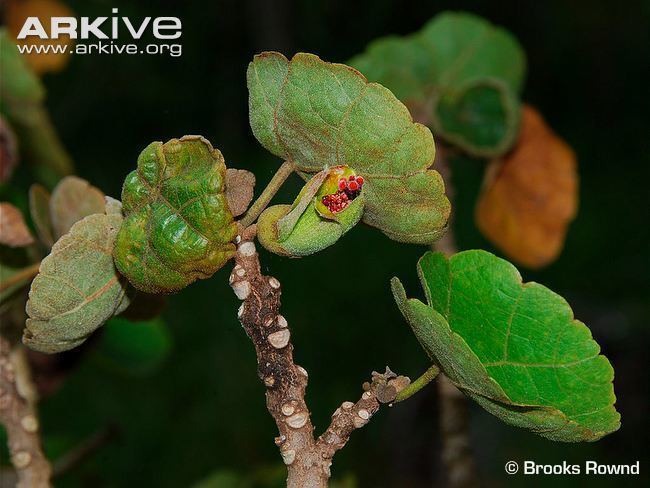
The lateness of its discovery by western botanists indicates that Hibiscadelphus was already rare by the time Europeans arrived in Hawaiʻi. Four species - H. bombycinus, H. crucibracteatus, H. giffardianus, and H. wilderianus - were only ever known from a single individual in the wild. Today, four of the seven species are extinct, two are extinct in the wild and persist only in cultivation, and only one (H. distans) has a small, highly endangered wild population. Although it has been suggested that poor pollination due to extinction of their honeycreeper pollinators is a factor, the abundant fruits and high germination rates of at least some species argues against this. The main reason is probably feeding on seeds by rats. This fits with a decline of the group that began long before the arrival of cats, mosquitoes, and avian malaria decimated honeycreeper populations, since the Polynesian rat arrived with the early Hawaiian settlers. The widespread destruction of dry forests, both before and after European contact, was also a major factor.
Hibiscadelphus species
